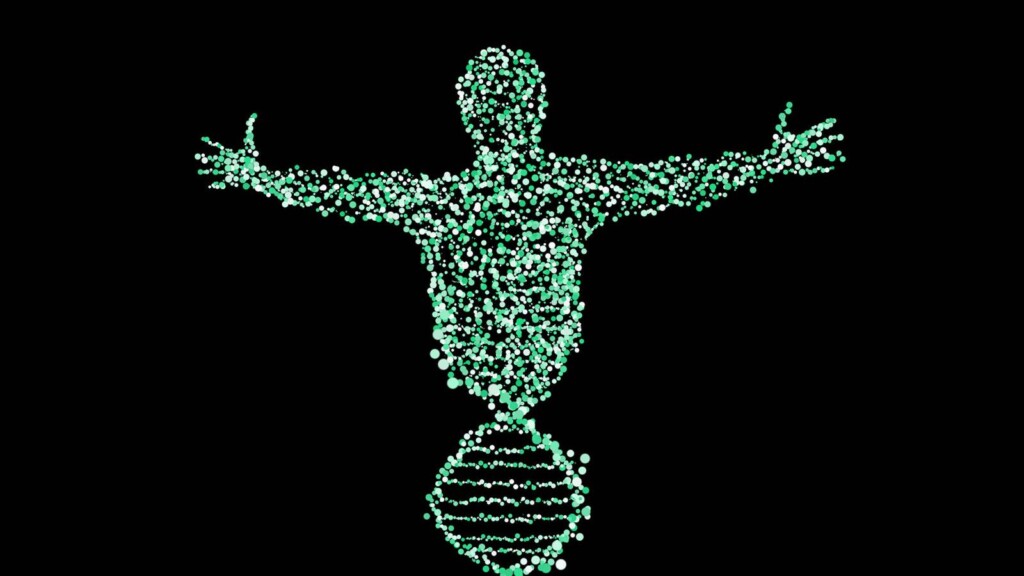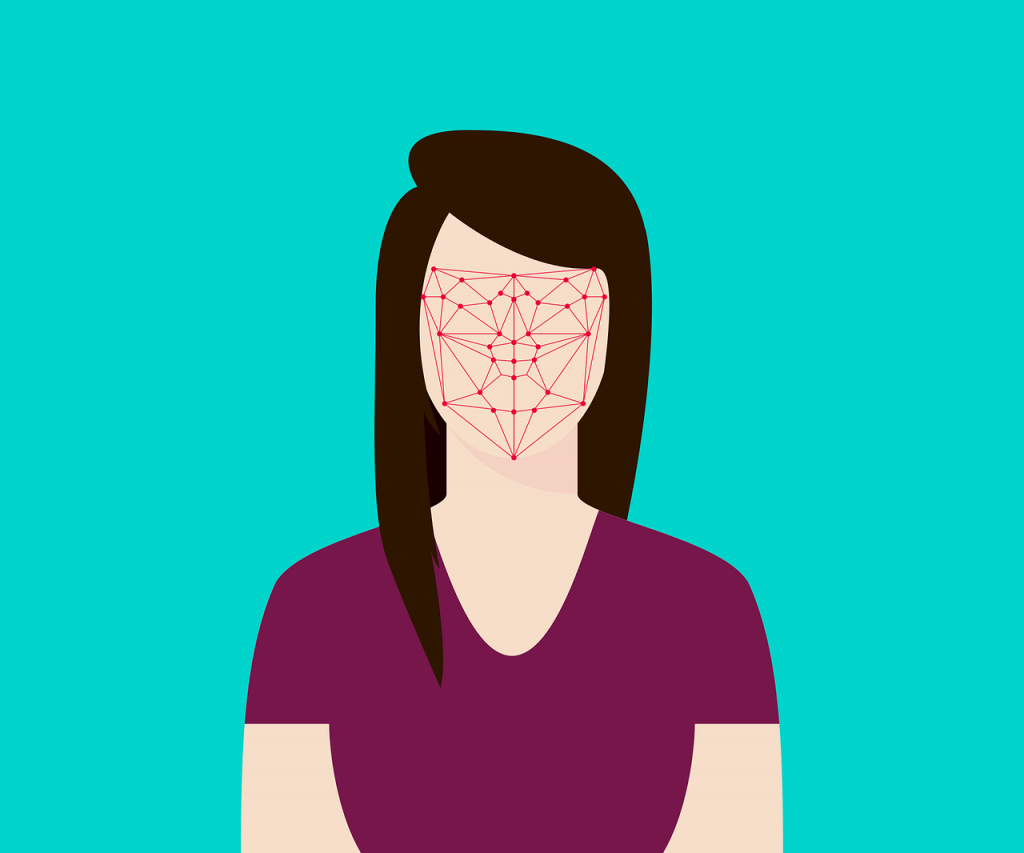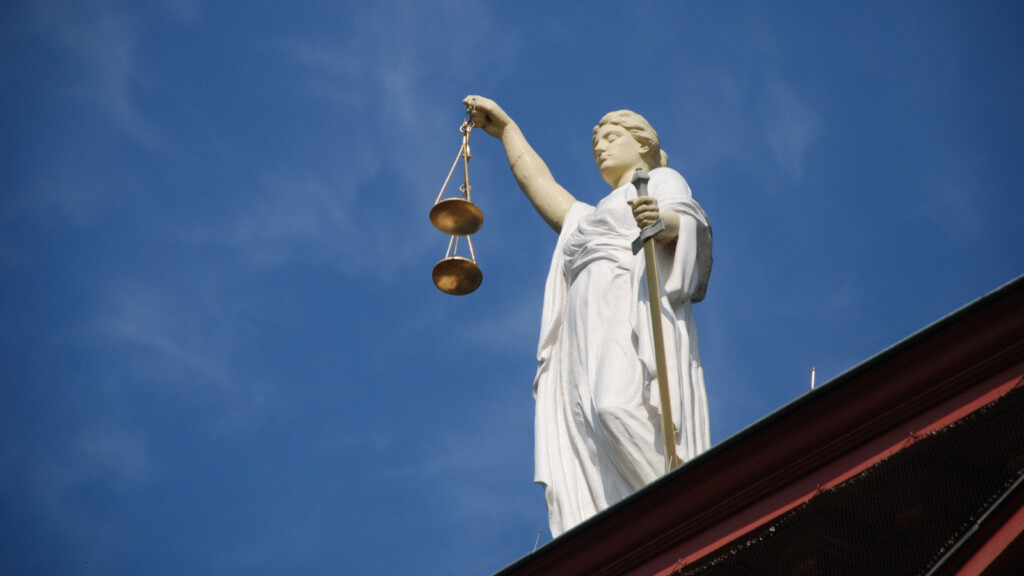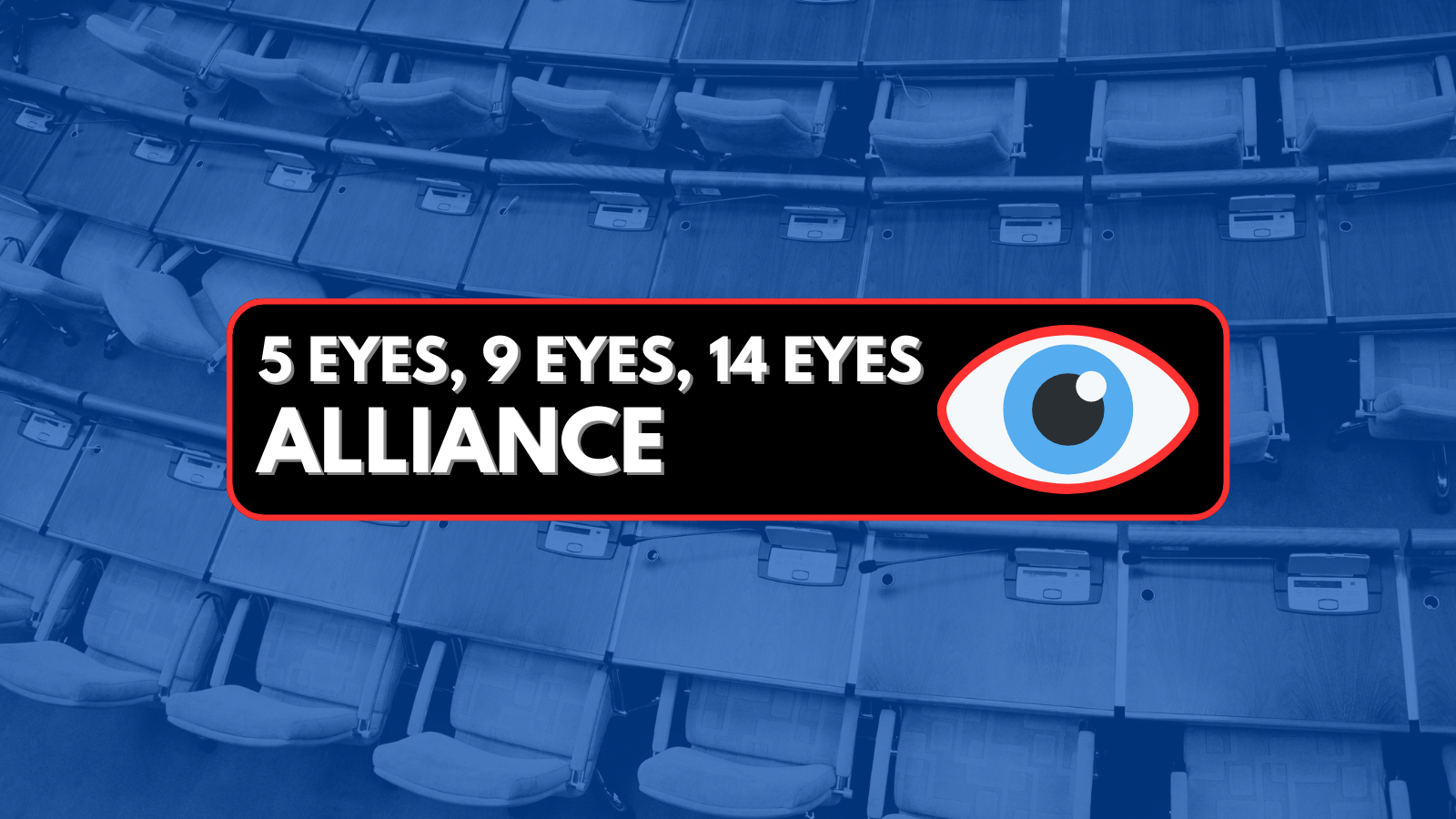
DNA Facial Recognition is Nearly Upon Us
Our faces are the quintessential part of our identities. Humans are built to recognize faces. We see them everywhere, even when it’s just a random pattern. In a very important way, your face is you. However, as technology has advanced, our faces have also become a source of privacy violation. Machine vision systems can rapidly identify your face whenever it's captured by a camera. Which opens up a world of potential abuse. Now, you don’t even need to be seen for your face to be identified. New DNA facial recognition technology means you just need to leave a little DNA behind for the world to see who you are.
Recap: What is DNA?
DNA or deoxyribonucleic acid is the fundamental programming code of our biology. Contained in our DNA are the exact instructions for building you. What you look like, your physical and mental potential and, of course, how you look are all coded in your DNA.
Identical twins have exactly the same DNA and so they look just about exactly the same. Notably, there will still be differences between even identical twins. Because not everything about your body and behavior is controlled just by your genes. This is an important fact to keep in mind in the discussion around DNA facial recognition.
Using DNA for Facial Recognition
In theory, if you can read the DNA blueprints into a computer, that computer could simulate what a person would look like based on what we know about certain genes and their jobs. We could, for example, tell that someone will have blue eyes or that their skin might be a particular color. DNA facial recognition takes this much further. It takes what we know about how certain genes influence facial features and then looks for those features in images, showing how likely a given face would be the product of those genes.
Since things like disease, diet, age, and other environmental factors can influence what a face actually looks like there’s no way to create a true face from genes alone, but combined with existing machine vision facial recognition, this technology could massively disrupt modern privacy in ways we can’t even predict yet.
How Is This Different From Existing DNA Identification?
DNA has been used to identify people for decades now, raising serious questions about genetic privacy. It’s been a revolutionary technology in the world of criminal forensics. Since the odds of two people (apart from identical twins) having the same DNA is so astronomically small it may as well be impossible. Gene sequencing has become fast and cheap enough that it can be done as a routine part of police investigations.
DNA taken from a scene is matched to a sample from a suspect and will then either confirm that they were involved or exclude them from suspicion.
DNA facial recognition differs from this traditional use of DNA for identification in a few very important ways. The most obvious is that you only need a picture of a potential match. In order to start determining where a DNA sample comes from. Just a set of pictures to compare it to.
That doesn’t sound all that useful, since if you already have pictures of potential suspects you could just ask them for a DNA swab. The real potential of this approach comes into play when you hook your DNA facial recognition system into a database of facial images. The sorts that are already being used by authorities all over the world. Combine that with other data, such as where people live or even what their social media habits are and you could quickly come up with a very short list of people to pursue a comparison.
Is DNA Facial Recognition Already Possible?
The technology is still very much in an experimental stage. At least as far as anyone will publicly admit. Last year, the New York Times reported on a project in China, with the help of US researchers, which aimed to reconstruct faces from DNA information. The images produced from just the DNA data are quite striking.
While it doesn’t seem to have actually happened yet, the article raised the specter of Chinese authorities feeding these DNA-generated faces into national facial recognition databases in order to find matches. Over in Belgium, another team is working on a similar system. The technology has already been used by police to help solve a serious crime. If there was ever a time to discuss concerns about this particular development, it’s now or never.
A Tool for Justice or Oppression?
Every technology has to walk a thin line in its implementation. The line between being an ethical boon to use all and being used for abusive purposes. There’s clearly a long list of very good uses for this technology. Plenty of murder, kidnapping and other serious cases go unsolved because having a DNA sample by itself doesn’t help much. Being able to generate a face or get traits from a DNA sample gives police a lot more to go on.
The flip side is that we leave DNA everywhere. This means that, in theory, you could have been somewhere doing something legal. Legal but private. Yet still have your identity exposed. Most worrying is the idea that certain world powers may use this technology to discriminate against groups of people based on their phenotype. That is the physical features that often mark them as part of a specific ethnic or cultural group.
There’s also the argument that other developments in the world of DNA and data privacy may render this a moot argument. Our genes are becoming incredibly important for a variety of reasons. There are lots of reasons for newborns, as one example, to get a genetic screening. Which may help prevent or better treat future diseases. With DNA sequencers becoming relatively affordable, police seem to be taking DNA samples from those they arrest as a matter of course. In other words, there may be a future where every person has some sort of DNA sample on file. So the need for DNA facial mapping might simply go away before it has a chance to take flight. Then again, this may just be exchanging one privacy dystopia for another. The battle for personal privacy, it seems, will simply never end.














